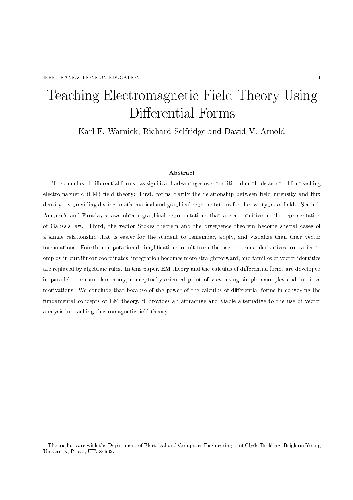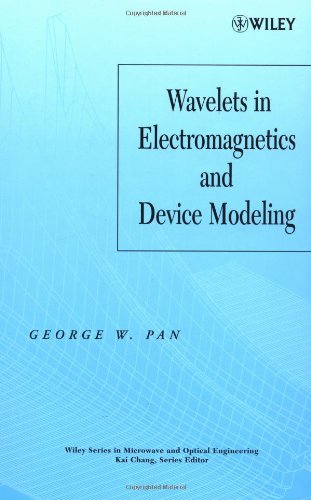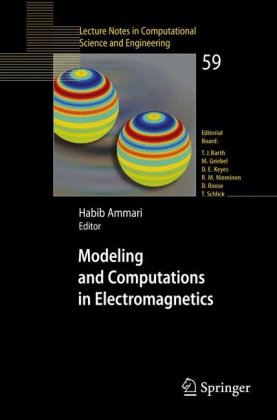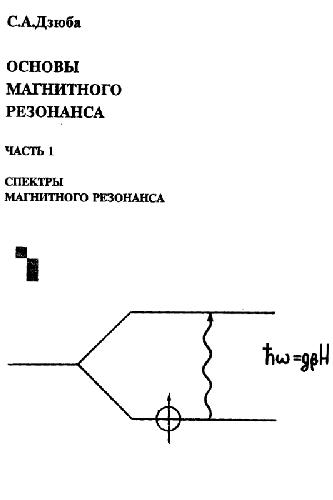Warnic K.F., Selfridge R., Arnold D.V.
Teaching electromagnetic field theory using differential forms
Free Download
Authors: Warnic K.F., Selfridge R., Arnold D.V.
Size: 288 kB (294835 bytes)
Pages: 37/37
File format: pdf
Language: English
Direct Download: Coming soon..
Download link:
Category: Physics , Electricity and MagnetismSign in to view hidden content.
Be the first to review “Teaching electromagnetic field theory using differential forms” Cancel reply
You must be logged in to post a review.
Related products
- Physics , Electricity and Magnetism
Microwave Circuit Modeling Using Electromagnetic Field Simulation
Free Download - Physics , Electricity and Magnetism
Multiparticle Quantum Scattering in Constant Magnetic Fields
Free Download - Physics , Electricity and Magnetism
Modeling and Computations in Electromagnetics: A Volume Dedicated to Jean-Claude Nédélec
Free Download







Reviews
There are no reviews yet.